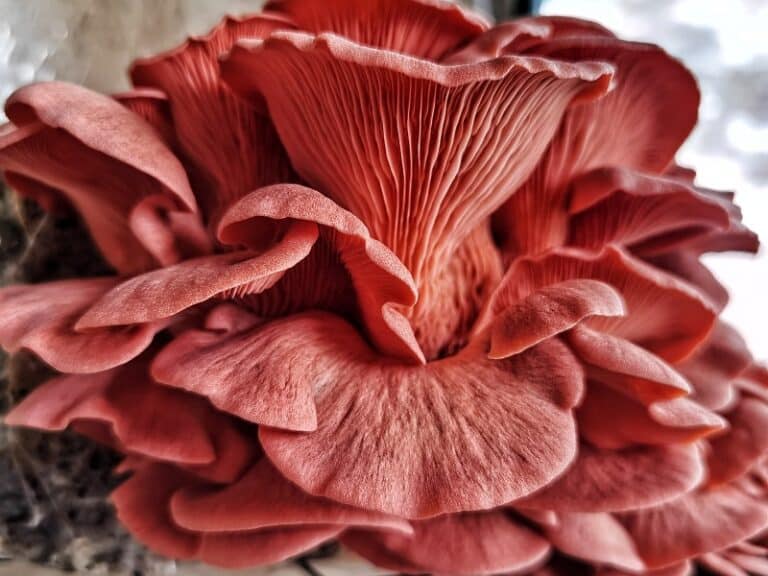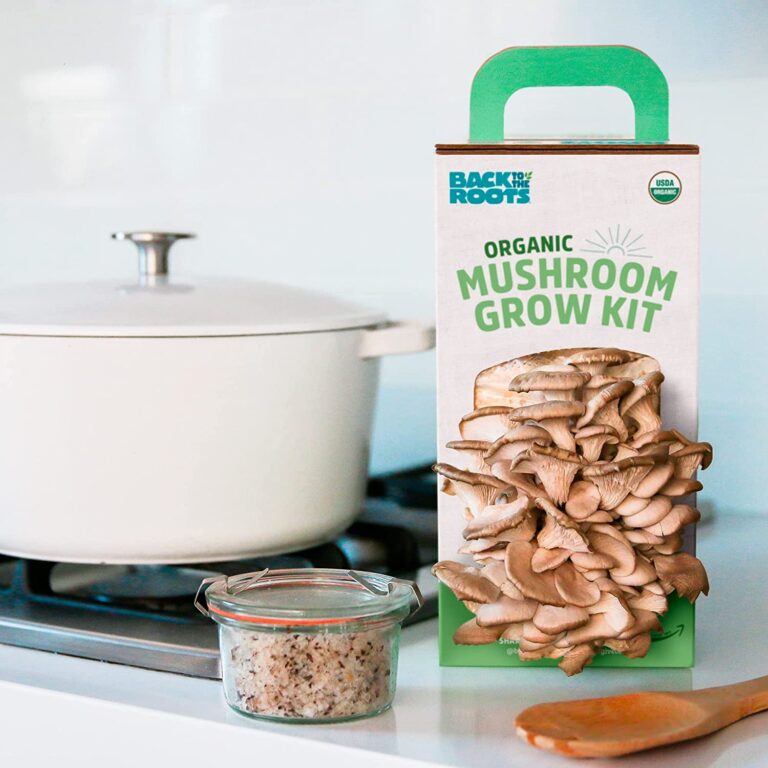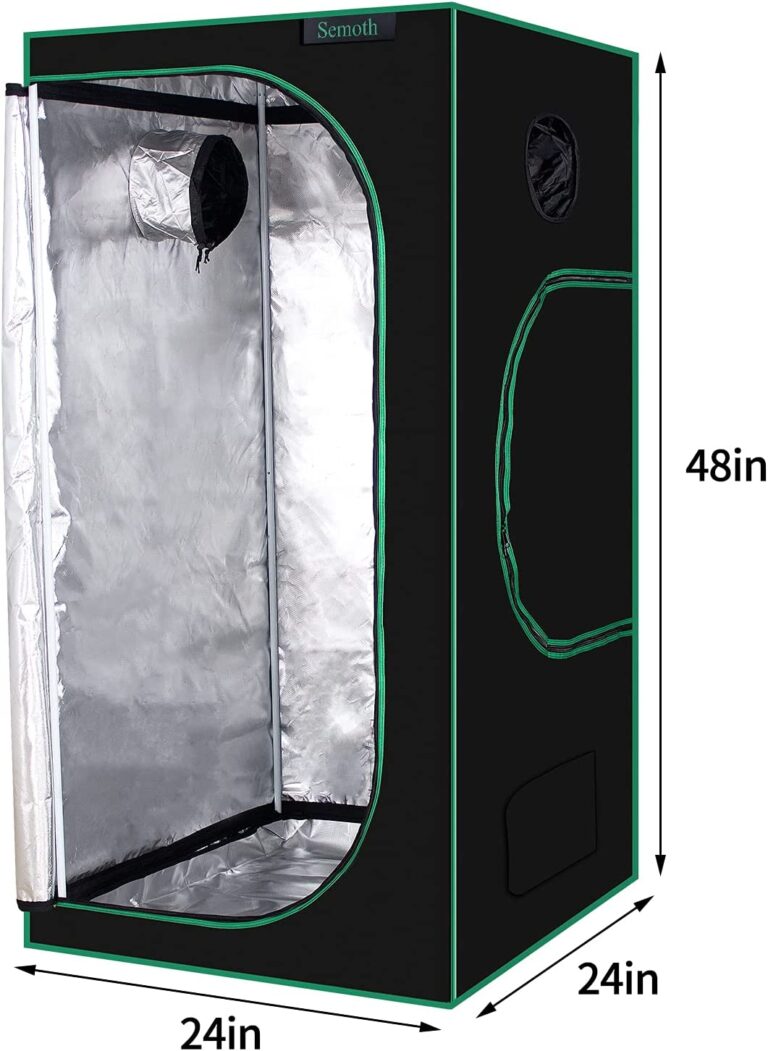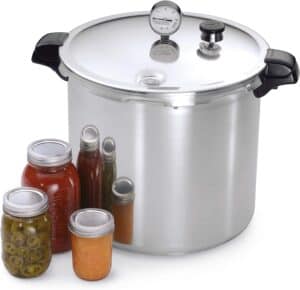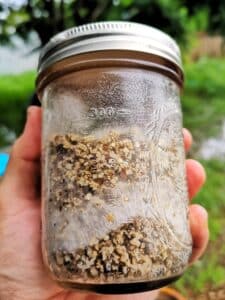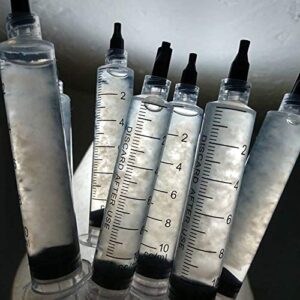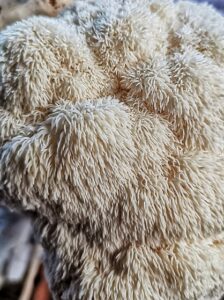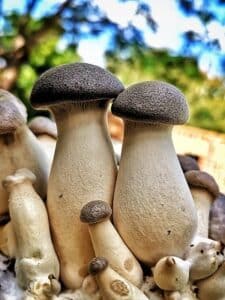Hello, budding mycologists and fungi enthusiasts! Welcome back to our Gourmet Shroom Room, where the topics are always earthy, the growth is organic, and the puns are as delicious as the mushrooms we cultivate.
Today, we’re gonna be tickled pink. Yes, you heard it right. We’re diving head-first into the fabulous world of Pink Oyster mushrooms, those flamboyant, fuchsia fungi that brighten up our plates and our pallets. Their official title, Pleurotus djamor, might sound a bit like a Harry Potter spell, but the magic these mushrooms bring to the table is very real indeed.
Are you ready to embark on an enchanting journey to discover this vibrant variety? We’ll mushroom-zoom into the tantalizing tastes and flavours that the Pink Oyster brings, and get lost in its captivating hues. We’ll also guide you through the lands it calls home, which may be more diverse than you think!
More importantly, this comprehensive guide will equip you with everything you need to cultivate your very own Pink Oyster mushroom garden, no matter where you dwell. From sizzling temperature tips to hydrophilic hacks, we’ve got you covered. We’ll also delve into the preferred party places of these Pink Oysters, also known as substrates, ensuring you create the ultimate fungi fiesta in your own home.
So whether you’re a seasoned mycophile or a new spore on the block, sit tight. We’re about to go on a mycelial ride to the colourful, delightful, and slightly magical universe of Pink Oyster mushrooms. Stay tuned, because things are about to get mushroom-tastic!
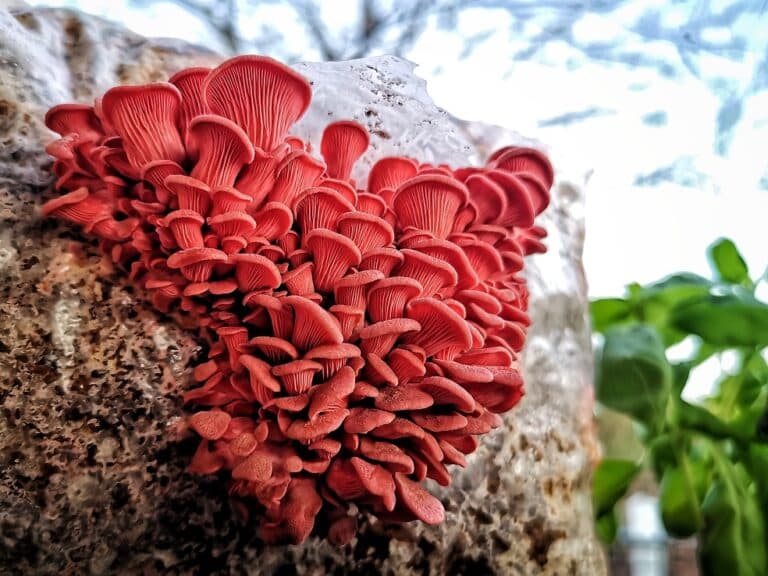
What Are Pink Oyster Mushrooms?
Let’s take a more formal turn and delve into the scientific world of Pink Oyster mushrooms, or Pleurotus djamor.
Belonging to the Pleurotus genus, Pink Oyster mushrooms share the same genus with several other popular edible mushrooms such as Pearl, Blue, and Golden Oysters. This genus is renowned for its diversity, ecological importance, and notable benefits to human health.
The Pink Oyster mushroom, with its cap ranging in color from deep pink to light coral, is truly a visual delight. Beyond their attractive appearance, these mushrooms are renowned for their distinct flavor profile. They offer a unique taste that’s often described as a blend of seafood-like flavors with a slight, sweet aftertaste – quite a remarkable culinary experience!
Though their vibrancy might lead you to think they are tropical natives, these mushrooms are quite versatile in their geographic distribution. Pink Oyster mushrooms are known to grow naturally in a wide range of locations, from subtropical forests to temperate regions worldwide.
Growing Pink Oyster mushrooms requires particular conditions, especially concerning temperature and humidity. They prefer a warm environment, with temperatures ideally between 20-30°C (68-86°F). Meanwhile, high humidity levels are essential for optimal growth, often upwards of 80%.
Substrate, the material on which mushrooms grow, also plays a crucial role in their cultivation. Pink Oyster mushrooms have a fondness for lignin-rich substrates, commonly growing on decaying wood or plant matter.
In the upcoming sections, we’ll delve deeper into the intricacies of cultivating these alluring mushrooms, providing practical insights into their care, optimal growing conditions, and potential culinary applications.
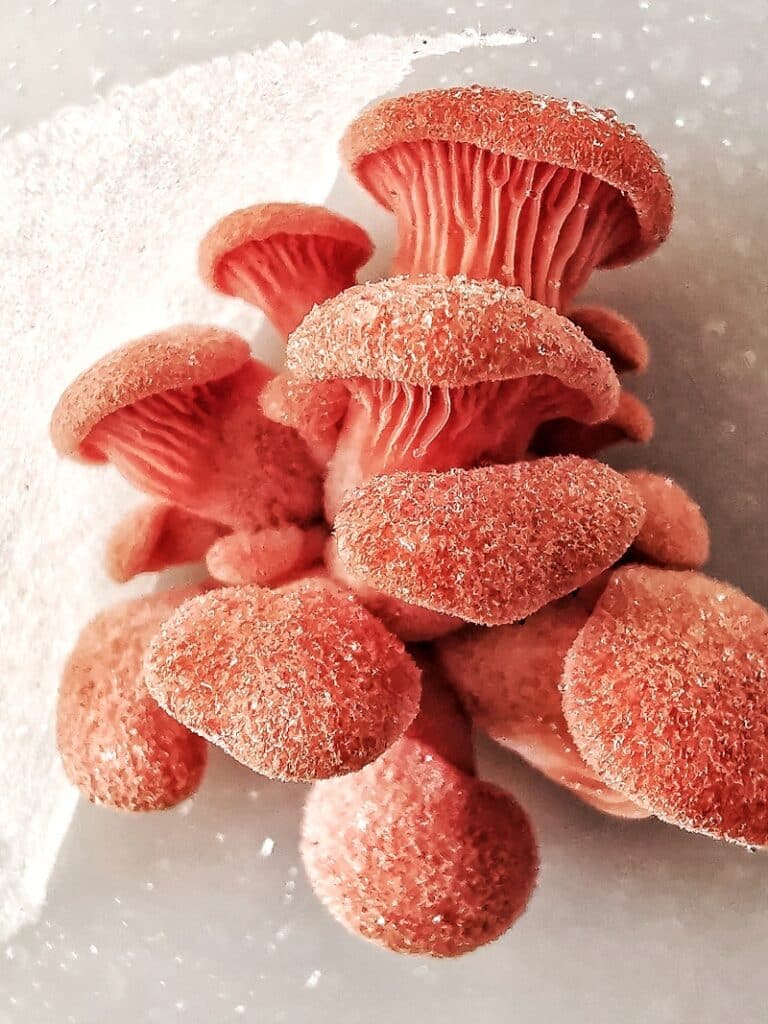
What Do Pink Oyster Mushrooms Taste Like?
When it comes to the flavour of Pink Oyster mushrooms, expect to embark on a fascinating, culinary journey. Known for their robust and distinctive taste, these vibrant fungi bring a tropical punch to your palate that’s hard to forget.
Unlike their other Oyster cousins, Pink Oysters possess a surprisingly strong, meaty flavour. Some describe it as a seafood-like taste – a bit like shellfish, or even ham – making it a fantastic option for vegan and vegetarian dishes needing a ‘meaty’ touch. The texture also adds to this experience, with a firm, slightly chewy feel that retains a pleasant mouthfeel even after cooking.
Yet, the Pink Oyster is not all ‘surf and turf’. Alongside the hearty notes, these mushrooms carry a slightly sweet aftertaste. It’s a delightful touch of intrigue that brings complexity and depth to their flavour profile, ensuring they stand out in any dish.
However, as attractive as they are raw, Pink Oyster mushrooms lose their vibrant hue when cooked, transitioning to a grayish shade. But don’t let this color transformation fool you. Even though they might not retain their flashy pink in the pan, the flavour remains as vibrant and vivacious as ever.
In the kitchen, Pink Oysters are versatile. They make a tasty addition to stir-fries, soups, pasta, and many other dishes. But remember, due to their strong flavour, they can dominate a dish. So, use them thoughtfully to complement other ingredients, rather than overpower them.
In a nutshell, the Pink Oyster mushroom offers an exciting flavor adventure that adds a gastronomic twist to your regular mushroom fare. It’s a taste of the tropics, from the comfort of your kitchen!
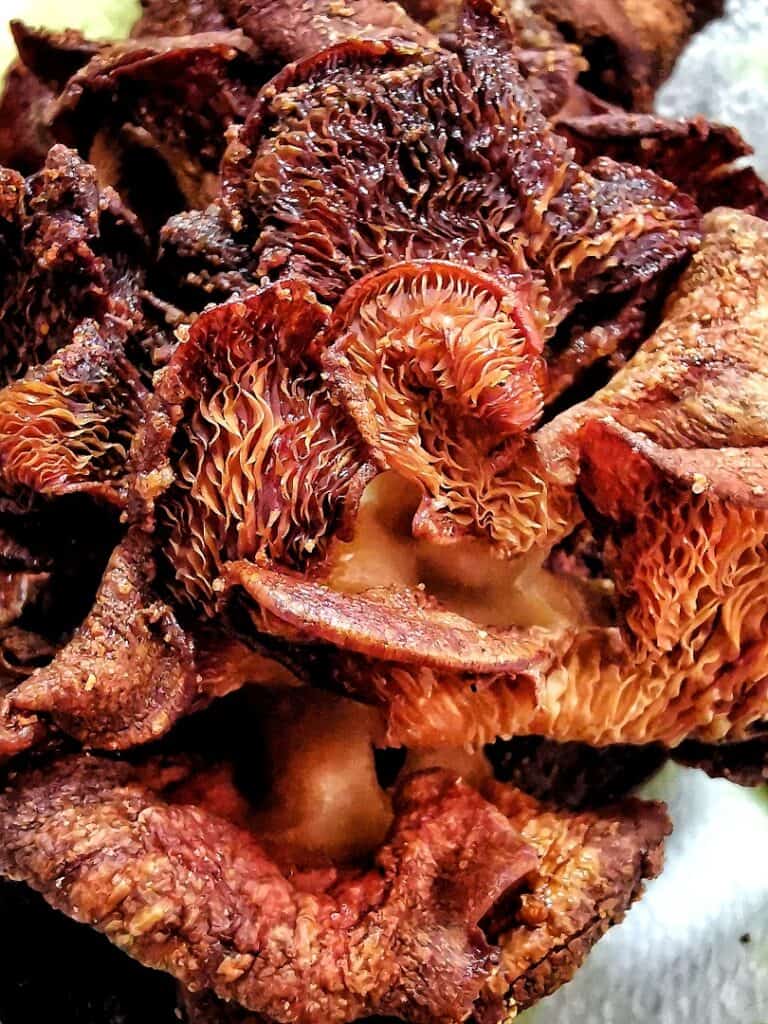
What Substrate Do Pink Oyster Mushrooms Grow On?
Moving on to a slightly more technical aspect of mushroom cultivation, let’s discuss substrates. For those new to the world of mycology, a substrate is simply the material on which mushrooms grow. Think of it as the mushroom’s playground – and just like kids have their favourite parks, mushrooms also have their preferred substrates.
In the case of the flamboyant Pink Oyster mushroom (Pleurotus djamor), it demonstrates a broad substrate adaptability. This makes it an excellent candidate for both beginners and seasoned cultivators. However, choosing the right substrate can significantly enhance your harvest, leading to bigger and healthier yields.
Pink Oyster mushrooms have a particular fondness for agricultural waste products. Straw and sugar cane mulch are some of the most commonly used substrates due to its accessibility and affordability. Its structure allows for excellent water retention and air circulation, both critical for Pink Oyster growth.
But straw isn’t the only game in town. Pink Oyster mushrooms are also quite happy to colonize and consume hardwood sawdust and wood chips. Other organic materials like coffee grounds, corn cobs, and even paper can serve as viable substrates.
However, remember, whichever substrate you choose, it’s essential to pasteurize or sterilize it first. This process helps to eliminate any potential contaminants, offering your Pink Oysters a clean and hospitable environment to thrive.
In the end, finding the perfect substrate often boils down to what is readily available to you and what suits your cultivation setup best. And remember, mushroom cultivation is as much art as it is science. So don’t be afraid to experiment and tweak your approach. You might discover a new favourite substrate that’s just perfect for your pink fungal friends.
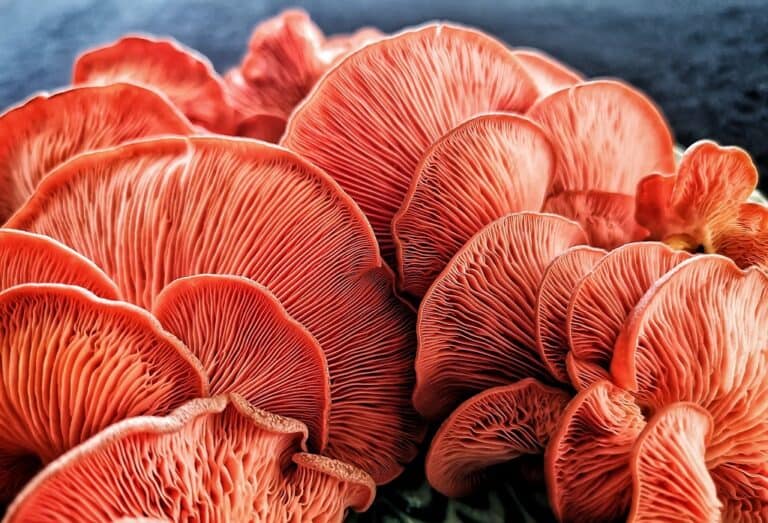
Opening A Pink Oyster Mushroom Grow Kit
Ready-to-grow kits are the perfect solution for those eager to dive into the world of mushroom cultivation without the complexities of preparing their own spawn and substrate. Pink Oyster mushroom kits, in particular, offer a unique opportunity to grow a gorgeous gourmet fungus right at your own home.
When you open your Pink Oyster mushroom ready-to-grow kit, you’ll typically find a sealed block of substrate that has been pre-inoculated with Pink Oyster mushroom mycelium. This block is usually comprised of organic matter like straw, sawdust or grain, chosen specifically for its suitability to Pink Oyster growth.
To start, you’ll need to cut open the bag and expose the substrate block. This simulates the natural conditions under which Pink Oysters start to fruit. Carefully follow the instructions provided with your kit for this step, as it’s crucial not to over expose the substrate or damage the mycelium.
Place the opened kit in a location with indirect light and a consistent temperature, ideally between 60 to 80 degrees Fahrenheit. These mushrooms also love a humid environment, so aim for a relative humidity of around 70-80%.
Misting your kit daily with a spray bottle will keep the humidity levels optimal. But remember, the goal is to keep the environment moist, not waterlogged. Overwatering can lead to contamination and hinder your mushroom growth.
After about a week or so, you should start to see small mushroom pins forming. In the right conditions, these will grow into your delicious Pink Oyster mushrooms in just a few days. Harvest them when the caps begin to flatten or turn upwards.
Using a Pink Oyster ready-to-grow kit is a straightforward process. Follow the provided instructions carefully, keep an eye on your temperature and humidity, and in a short time, you’ll be harvesting your own, home-grown gourmet mushrooms. Happy growing!
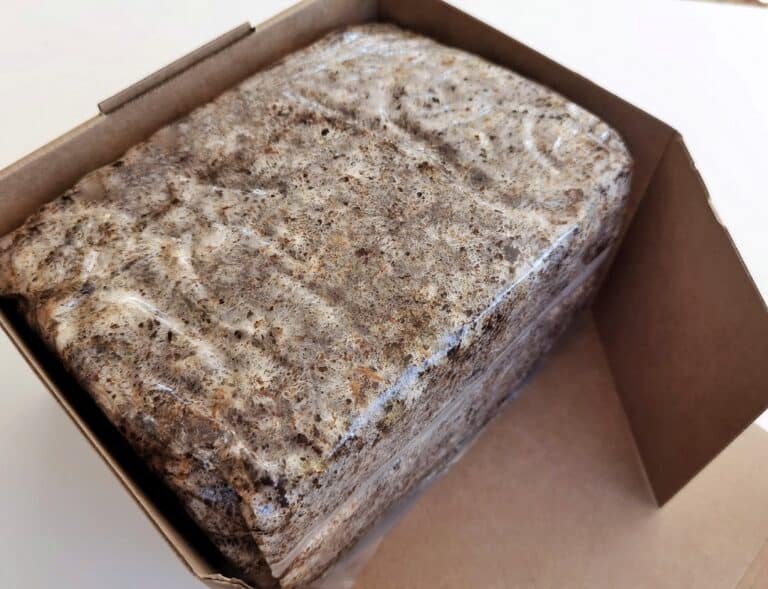
Pink Oyster Mycelium Appearance
Pink oyster mushroom mycelium is incredibly vigorous. Initially it is finer in appearance and structure than white oyster. Pink oyster mycelium is slightly translucent and will turn more opaque as it matures.
The mature spawn will often begin to turn pink within days of colonisation, this is indicative of it preparing to fruit. The maturing mycelium may produce small amounts of a yellow liquid metabolite which is a normal by-product.
Any primordia which has formed prematurely, or in-vitro can be removed prior to using the spawn as usual.
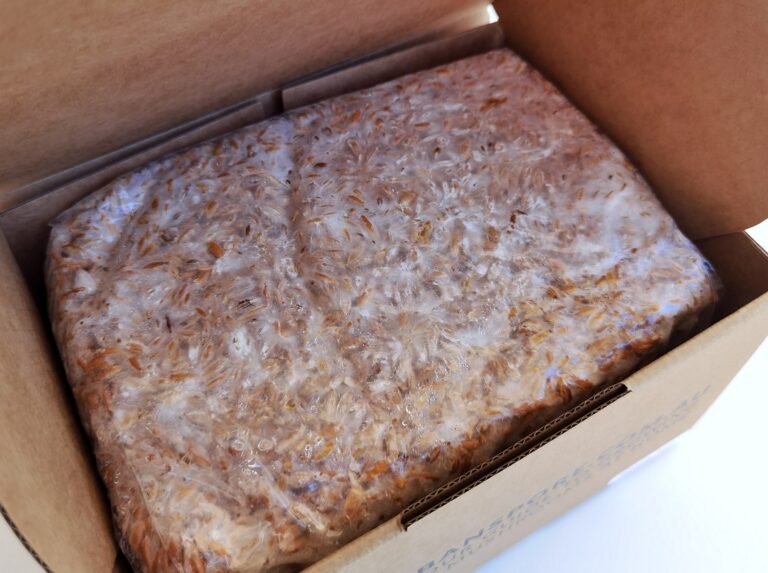
Greenhouse Fruiting Chambers
Pink Oyster Timeline
- Agar/Liquid Culture to Grain – 10 – 14 days
- Grain to Grain/Hardwood Substrate – 12 – 14 days
- Fruiting Chamber to 1st Flush – under 1 week
- 1st Flush to 2nd Flush – 1 week (maintain high humidity)
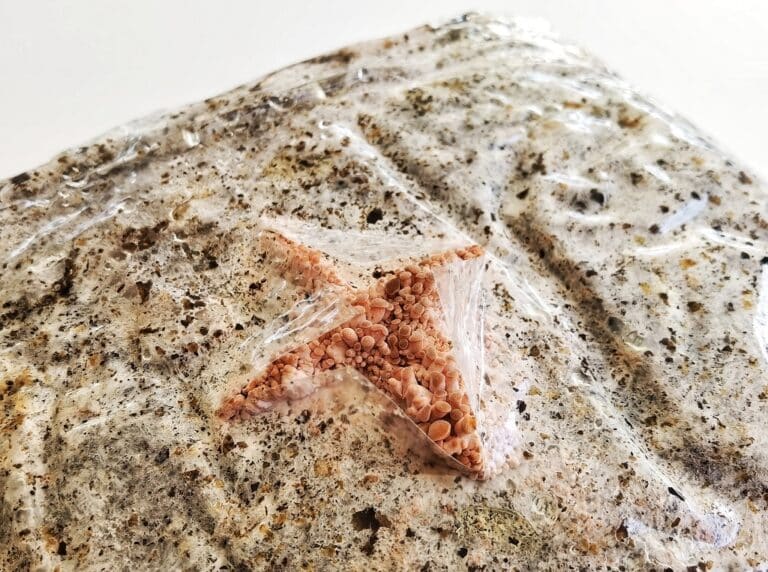
Pink Oyster Spawn Run & Fruiting Conditions
- Spawn Run – 15 – 32 degrees Celsius
- Fruiting Conditions – 18 – 32 degrees Celsius
- Humidity above 70%
